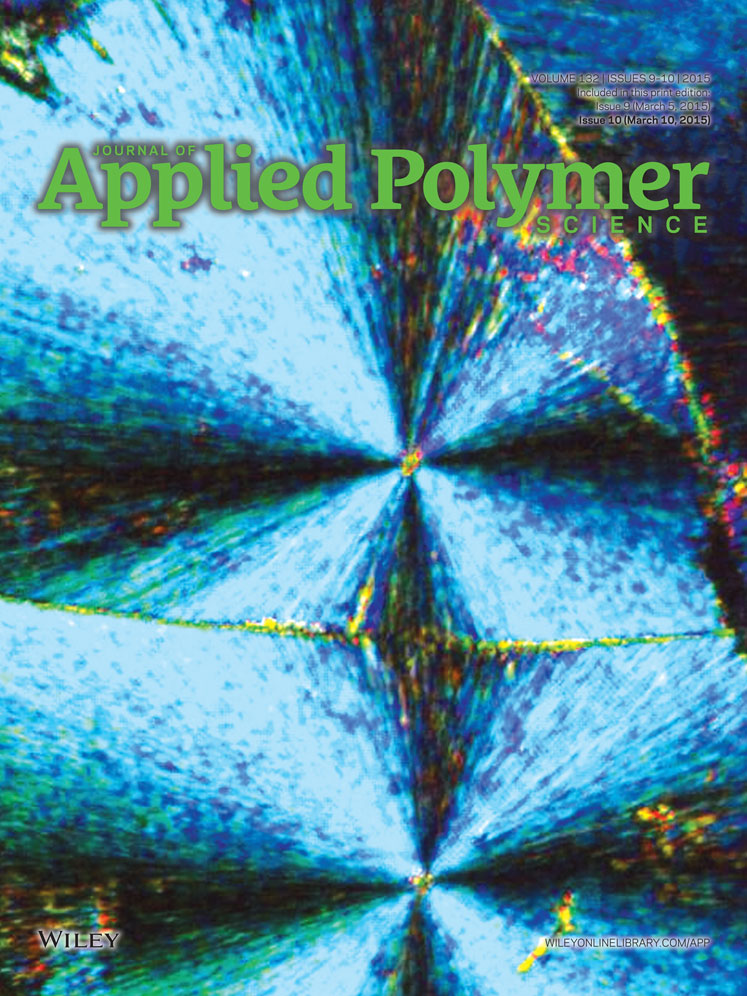Amphoteric hydrolyzed poly(acrylamide/dimethyl diallyl ammonium chloride) as a filtration reducer under high temperatures and high salinities
ABSTRACT
Poly(acrylamide/dimethyl diallyl ammonium chloride) (PAD) samples were synthesized via solution polymerization. Hydrolyzed poly(acrylamide/dimethyl diallyl ammonium chloride) (HPAD) was prepared with NaOH as a hydrolyzation agent. Both PAD and HPAD were characterized by IR and NMR spectroscopy. Na2SO3 was added to slow down the decomposition of HPAD under elevated temperatures. The rheological and filtrate properties of the drilling fluids were investigated in saltwater mud. We found that 30 wt % NaCl hampered those properties. Increasing HPAD's percentage in the clay suspensions reduced the filtrate volumes and whereas increased the viscosities. A greater amount of HPAD added to the saltwater mud resulted in a smaller particle medium size and caused the ζ potential to move toward a less negative value. The hydrolysis degree of HPAD needed to be controlled in a proper range to optimize the reduction in filtration. Scanning electron microscopy photos showed that HPAD was distributed in the surface of the high-temperature and high-pressure filter cake as bridges. The drilling fluids with 3.5 wt % HPAD had an excellent tolerance to 30 wt % NaCl and a temperature of 200°C. © 2014 Wiley Periodicals, Inc. J. Appl. Polym. Sci. 2015, 132, 41581.




